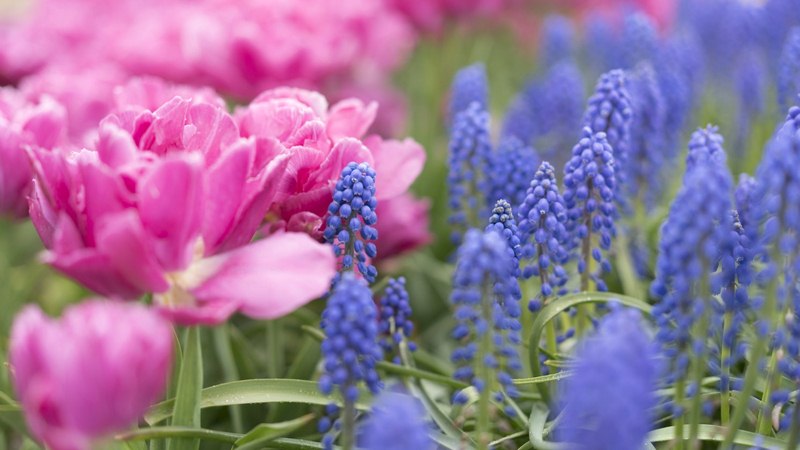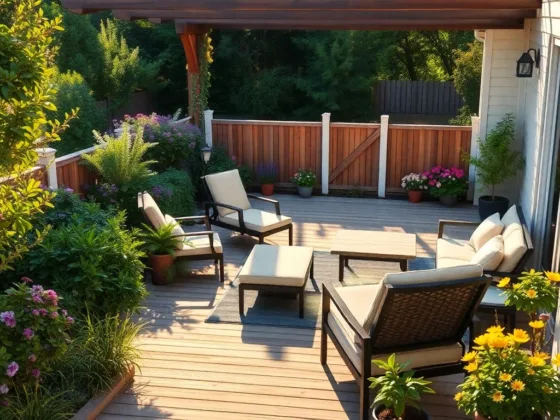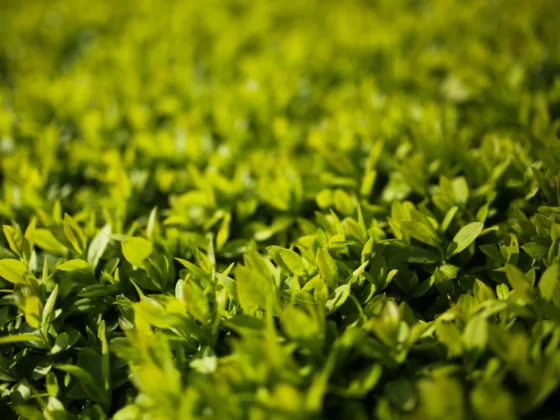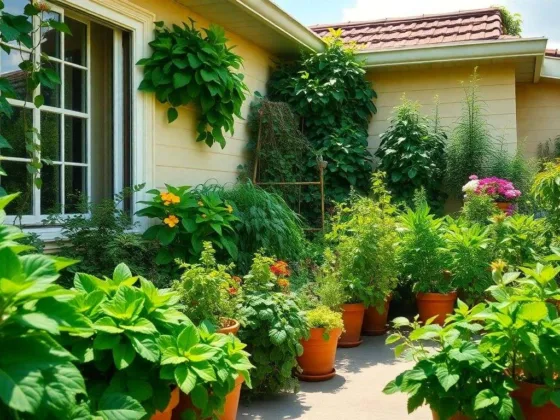Table of Contents Show
An all-season flower garden is probably every gardener’s dream. If you enjoy doing work in your front and backyard, then you should accept this challenge.
It will take a lot of work and careful planning at first, but with time, it will grow to be relaxing maintenance work. All you need is a good strategy, to begin with.

Read Also:
- Excellent Landscaping Ideas to Really Bring the Most out of Your Yard
- 5 Tips for Using Landscaping Shrubs to Change the Look of Your Yard
- Make Your Home Stand Out with These Landscaping Tips
- 7 Ways to Get Rid of Your Boring, Barren Backyard
- How to Lay Sod: 5 Essential Lawn Care Steps
- Every Flower Must Grow Through Dirt
The Landscaping
The landscaping part refers to the actual layout and planning of your garden, the features that you have in it and the ways you can organize it. If you want to keep your garden looking colorful and avoid stages where it could look withered or burned out, you can opt for the “background” surfaces other than the lawn.
While your lawn will be green even in winter (unless it’s covered by snow), it is more prone to burning out in the summer. Use colorful stepping stones to create a path and add planting containers, that is flower pots, in various colors but make sure they are a tasteful variety.
This particularly refers to your front yard which is usually significantly smaller than the backyard and affects your curb appeal.
Groundcover Perennials
In addition to finding an alternative to a traditional lawn, ground cover perennials come up as a hot subject. There are low-growing creeper plants which usually quickly spread to make your low-traffic areas burst with colors. They are an excellent choice for fairytale-like pathways and areas around your house and the patio.
If you want to use them for color all year round, you should look into the way they behave in certain climates and seasons. For example, lamb’s ear has the same silvery green leaves all year round and can look magnificent in the snow.
Furthermore, Dianthus blooms from May to October and Baby Tears flower in the summer but turn to beautiful red in autumn and can do with very little water.
If you are looking for something to cover your high-traffic areas, then blue-star creeper is the right choice because it can withstand literally as much traffic as your lawn can, but it does not require mowing. It also has beautiful pale-blue star-shaped flowers and blooms from May to October, just like Dianthus.
The Evergreens
Florist from lamour et fleurs suggests, if you want your garden to be filled with vivid colors all years round, then you should not skip on the evergreens. Their deep green color will give life to what can turn into muddy, brown, and yellow tones in the autumn.
While autumn brings out unique colors, too much of the earthly tones could start looking depressing, particularly if there is rain to combine with it.
By rule of thumb, you can use evergreen hedges as a privacy fence in your garden. In addition, there is the foundation planting. Use small evergreen trees and shrubs to plant around the foundation of your house and make its edges smoother.
The reason why you have to focus on plants of the smaller scale is first of all, for practical reasons, to keep the roots from damaging the foundation. Secondly, you are doing it for privacy reasons, to give any potential intruders fewer hiding spots.
“The Tech Support”
If you want your garden to look its best and make the most of its potential for colors, you need to make sure you have enough of what we will call “the tech support”.
First of all, you will need pots, predominantly large ones for this purpose. You will use them to grow preferably perennials which can be moved around. If any one part of your garden lacks color, you can place a pot there and help it through its rough patch.
Furthermore, you need to get all the right tools to keep the soil fertilized aerated and trim your garden for a healthy look.
Hoselink, as a specialized garden equipment provider, points out the importance of keeping your garden watered throughout the hot season but keeping in mind that water is valuable and using low-flow and greywater systems.
Also, as pointed out above, you can find alternatives to a lawn and accept that a green lawn is not an imperative particularly when you have other plants to cover for it.
The Right Combo
Now that you have provided the background, you need to focus on the actual stars of your garden. First of all, think about the plants which are native to your region and are the easiest to grow, or at least better accustomed to your climate and soil properties. Since every plant has its role in this garden, you don’t want them to fail.
Try to have an equal distribution of flower patches throughout your garden to avoid certain parts looking empty and left behind. When you look at each patch, think about it and try to imagine it January to December. You want every month to be filled with color.
Make a combination of perennials and annuals and if possible, choose those that bloom for a long time, spring to autumn, so you have at least two of them blooming at the same time for richer color as they do not flower with the same intensity throughout the season.
Also, similarly to what we have mentioned regarding Lamb’s ear and Baby Tears, plants of colorful and unique foliage, combine with evergreens are your best shot at color during winter.
The Winter Bloom
If we look at the main source of the variety of colors in a garden, the flowers, they can be somewhat scarce in the winter. This is why you should strategically plan for those plants and let them take over when all others withdraw from their winter rest. They also come in a variety as both low-growing and tall plants.
For example, you can plant Winter aconites to “underline” your evergreen trees and shrubs, as well as Cyclamen which blooms from autumn straight to spring. In addition, you can look for winter jasmine to create flowery arches and keep your entryway, arches, or pergolas colorful all-year-round.
Perhaps the safest choice is Viburnum with a range of plants from this family which is some of the most commonly found evergreen flowering shrubs.
Keep a diary of your garden as it will help you make note of all the right strategies you’ve a head, as well as the mistakes you have made.
This will only help improve your garden for the next year to come. With the right layout, after a few years, well even the second year, you will be amazed at the way plants wake up and take turns in playing their part in making your garden beautiful.









